Direct-to-Garment (DTG), Direct-to-Film (DTF) and Sublimation are popular methods in the world of custom apparel decoration printing. These techniques offer vibrant prints on various fabrics, making them ideal for creating custom t-shirts, hoodies and more. To achieve the best results, it's essential to have the right heat press machine. In this article, we'll explore different heat press options for garment printing, highlighting the key features and considerations for each.
The clamshell heat press is a popular choice for garment printing due to its compact design and ease of use. It operates by opening and closing like a clamshell, hence the name. This design makes it ideal for small spaces and businesses with limited budgets. Clamshell heat presses are available in various sizes to accommodate different garment sizes.
Swing-away heat presses are known for their versatility. Unlike clamshell presses, they have a swing-away upper platen, which provides more access to the printing area. This feature is a better choice for thicker garments which allows for easier placement and removal of the substrate.
Drawer-style heat presses are relatively new in the garment printing market. They offer a unique design where the heat platen is pulled out like a drawer for easy loading and unloading of garments. This design minimizes the risk of accidents and provides a more efficient workflow.
Some printing often requires larger heat presses. Roller heat presses are designed to handle large printing with ease. They feature a rolling mechanism that moves the garment under the heated drum, ensuring consistent pressure and heat distribution.
Pneumatic heat presses are equipped with air-driven pistons that provide precise and consistent pressure. This feature is particularly important for DTF printing, where achieving even pressure across the entire substrate is crucial for quality results.
For high-volume garment printing, a multi-sided heat press can be a valuable investment. These presses have several heated stations, allowing you to print few garments simultaneously. This significantly increases production speed and efficiency.
Selecting the right heat press for garment printing is essential for achieving high-quality, long-lasting results. Consider factors such as your budget, space, production volume, and the types of garments you'll be working with when making your decision. Ultimately, the heat press you choose will play a significant role in the success of your custom apparel printing business.

DTFLINE CraftPress Heat Press - 15 x 15 inch Crafting Press
0% APR for 6 months
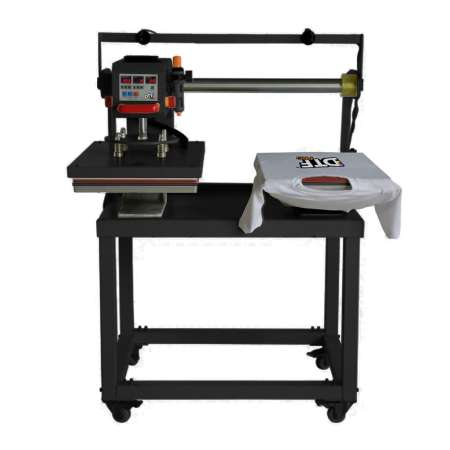
DTFLINE DBLDBL V2 Double Station, Sliding, Semi-Automatic Pneumatic Heat Press - 15.75 x 23.6 inch
0% APR for 6 months
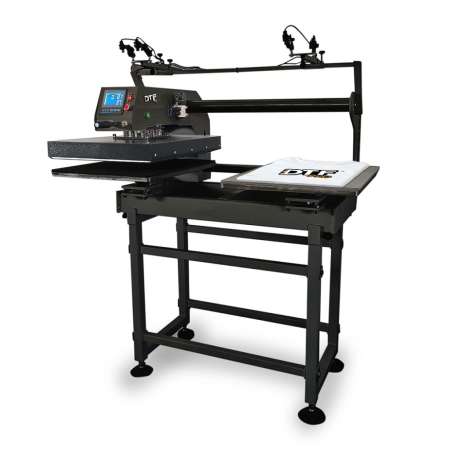
DTFLINE DBLDBL V3 Double Station, Sliding, Semi-Automatic Pneumatic Heat Press - 16 x 20 inch
0% APR for 6 months
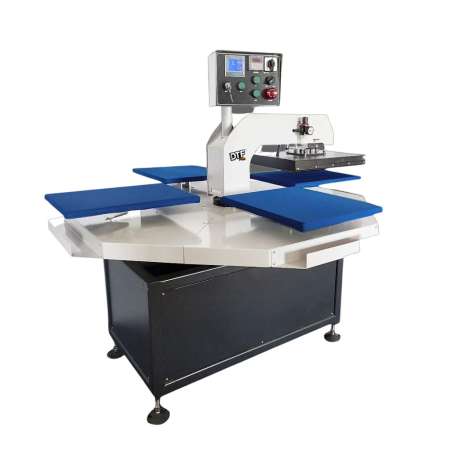
DTFLINE DBLDBL V4 Automatic Heat Press - Four Stations - 16 x 20 inches each
0% APR for 6 months
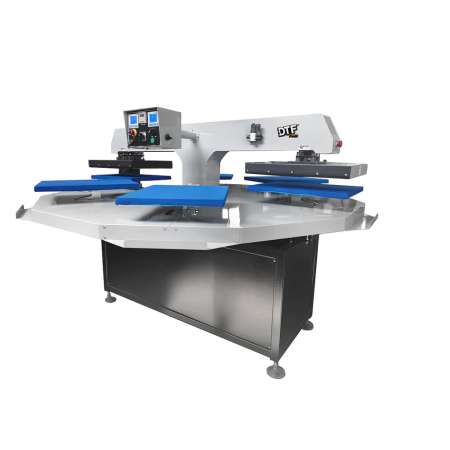
DTFLINE DBLDBL V6 Automatic Heat Press - Six Stations - 16 x 20 inches each
0% APR for 6 months
No products found with '' search criteria.
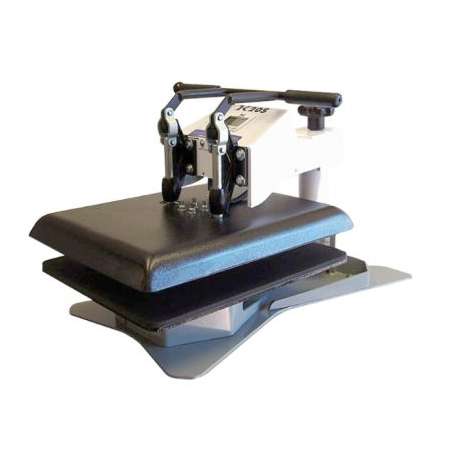
Digital Knight DK20S Swing-Away Heat Press - 16 x 20 inch
0% APR for 6 months
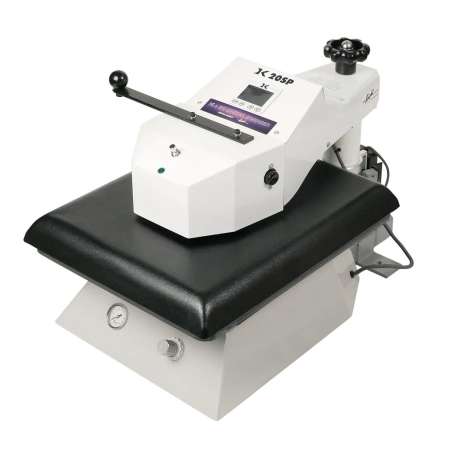
Digital Knight DK20SP Air Operated Swing-Away Heat Press - 16 x 20 inch
0% APR for 6 months
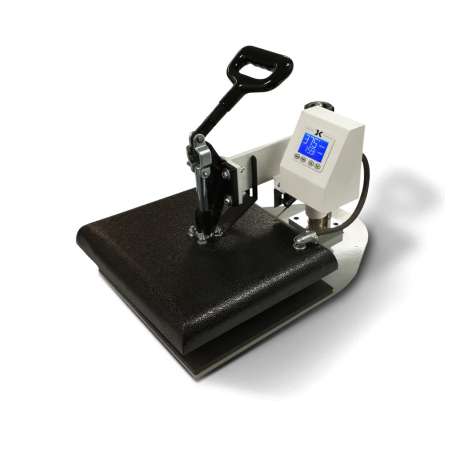
Digital Knight DK14S Swing-Away Heat Press - 12 x 14 inch
0% APR for 6 months
No products found with '' search criteria.
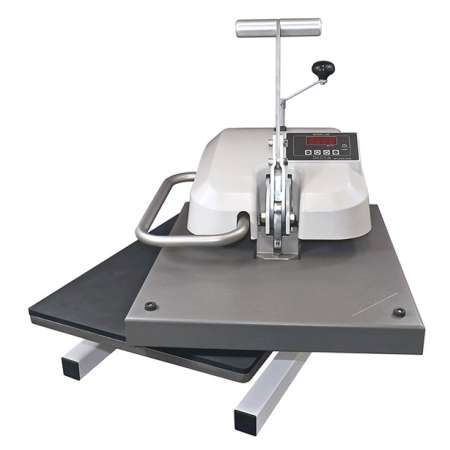
Insta 256 Swing-Away Quick-Change Heat Press - 16 x 20 inch
0% APR for 6 months
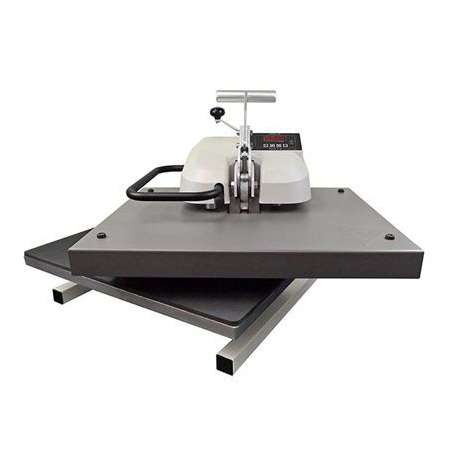
Insta 288 Swing-Away Heat Press - 20 x 25 inch
0% APR for 6 months
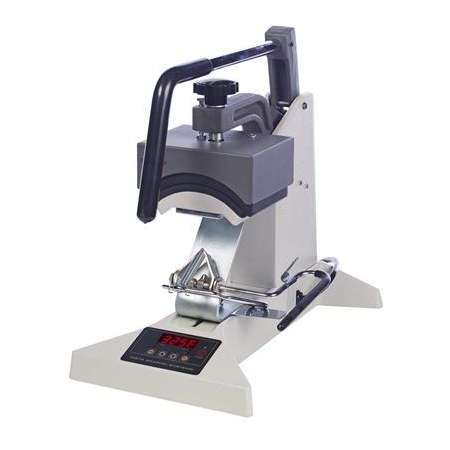
Insta 418 Cap Heat Press
0% APR for 6 months
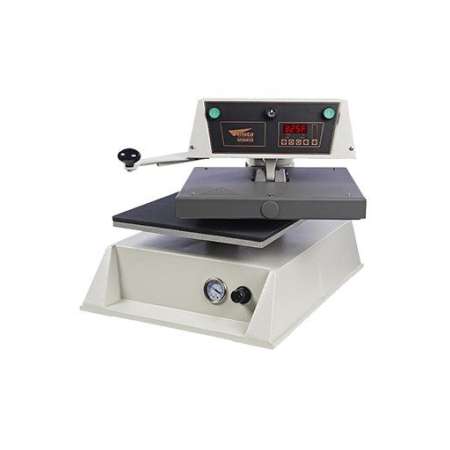
Insta 718 Swing-Away Heat Press - 15 x 15 inch
0% APR for 6 months
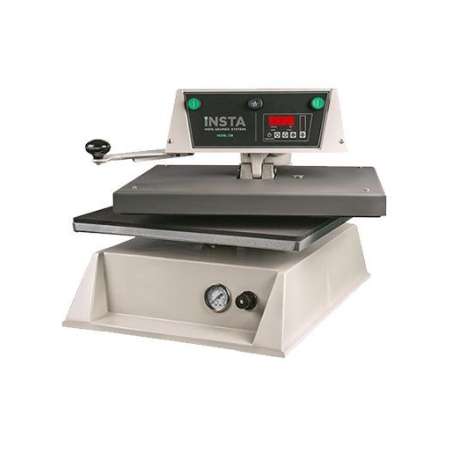
Insta 728 Swing-Away Heat Press - 15 x 20 inch
0% APR for 6 months
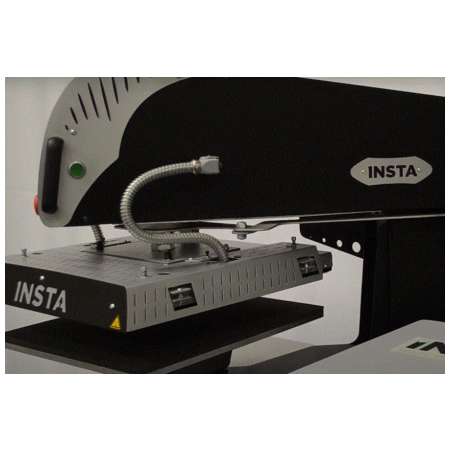
Insta 780 Dual Shuttle Heat Press - 16 x 20 inch
0% APR for 6 months

Insta 828 Swing-Away Heat Press - 20 x 25 inch
0% APR for 6 months
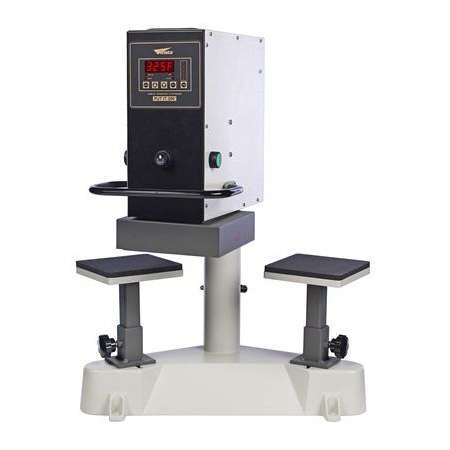
Insta 907 Dual Station Heat Press - 6 x 6 inch
0% APR for 6 months
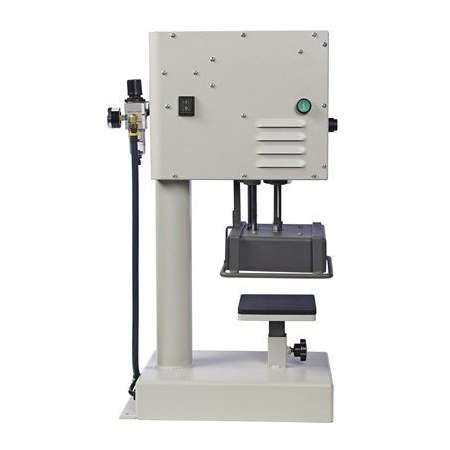
Insta 909 Label Heat Press Machine - 6 x 6 inch
0% APR for 6 months

Insta 1020 Large Format Heat Press - 40 x 48 inch
0% APR for 6 months
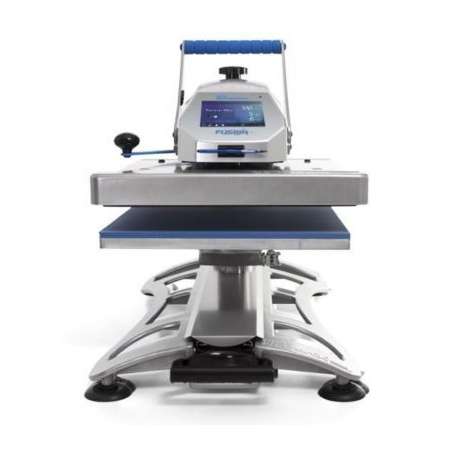
Stahls Hotronix Fusion IQ Heat Press - 16 x 20 inch
0% APR for 6 months
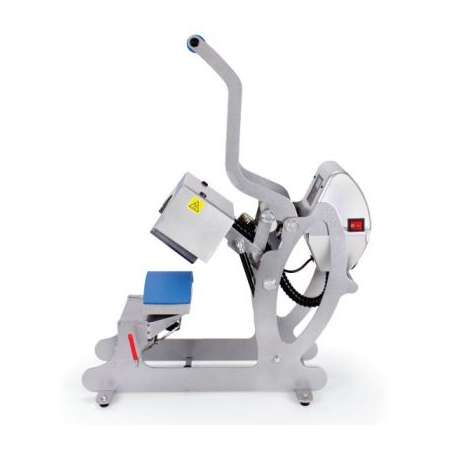
Stahls Hotronix Auto Cap Heat Press
0% APR for 6 months
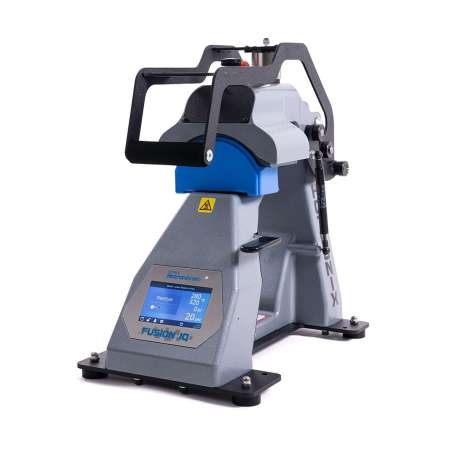
Stahls Hotronix 360 IQ Hat Heat Press
0% APR for 6 months